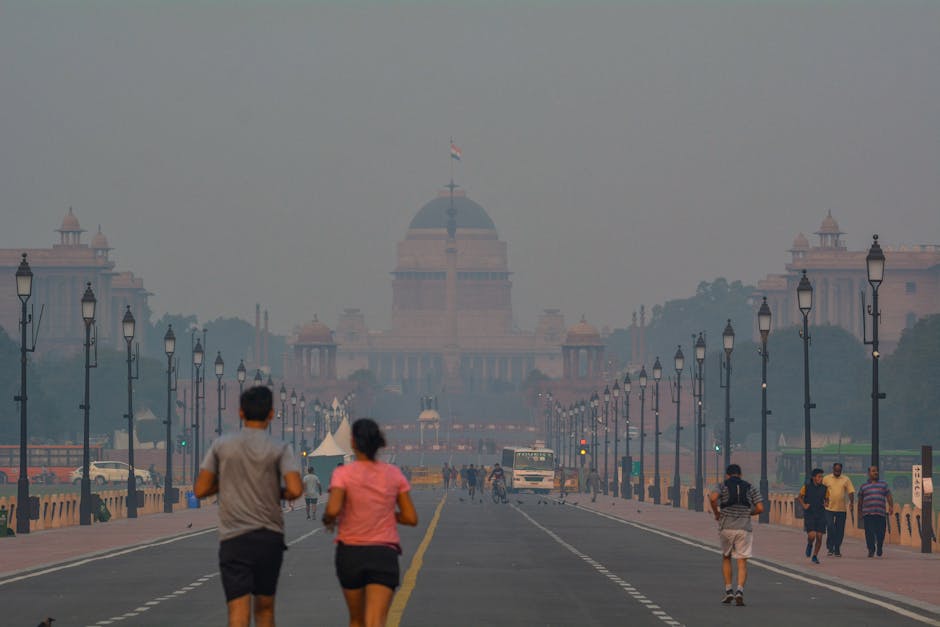Major Dhyan Chand National Stadium’s Air Quality Reaches Unhealthy Levels (AQI 190)
The Major Dhyan Chand National Stadium in Delhi, a premier sports venue, is grappling with “unhealthy” air quality, as the Air Quality Index (AQI) hits 190. This raises concerns for athletes, spectators, and staff, given Delhi’s persistent pollution crisis.
What Does an AQI of 190 Mean?
Per CPCB guidelines, an AQI of 190 falls in the “unhealthy” range (151–200), posing risks for:
– Sensitive groups: Children, elderly, and those with asthma or heart conditions.
– General public: Throat irritation, coughing, and reduced lung function with prolonged exposure.
Key Causes of Poor Air Quality at the Stadium
- Traffic Pollution: Nearby congested roads emit PM2.5 and NO2.
- Construction Dust: Ongoing projects in central Delhi worsen particulate levels.
- Weather: Low wind speed and high humidity trap pollutants.
- Post-Diwali Impact: Residual firework pollution lingers despite bans.
Health Risks for Athletes and Visitors
The stadium hosts hockey matches and training sessions, but poor air quality can:
– Reduce stamina and lung capacity.
– Trigger asthma attacks or bronchitis.
– Hinder recovery post-exercise.
Expert Tip: Limit outdoor workouts during peak pollution (10 AM–6 PM) and use N95 masks.
Steps Taken by Authorities
- Real-time AQI monitoring by DPCC and SAI.
- Green barriers planned to reduce dust ingress.
- Air purifiers proposed for indoor facilities.
How to Stay Safe
- Track AQI via apps like SAFAR or AQI India.
- Wear N95 masks outdoors.
- Hydrate frequently to flush toxins.
- Train early morning when AQI is lower.
Delhi’s Larger Air Pollution Challenge
With winter approaching, stubble burning and temperature inversion may spike AQI further. The Delhi government could enforce GRAP measures, like vehicle restrictions.
Conclusion
The Major Dhyan Chand National Stadium’s AQI of 190 highlights Delhi’s pollution urgency. While systemic solutions progress, individual precautions are vital. Stay updated via official sources.




